The Q system was a big risk for Leica. When they introduced the original Q in 2015, it was a time when most other manufacturers were abandoning ‘compact’ cameras. Fortunately for Leica it proved to be a phenomenal success, both critically, and in terms of sales.
The original Q was succeeded by the Q2 four years later in March 2019 with a Monochrom version appearing 18 months afterwards in November 2020. Of course, there have also been numerous special editions over the years.
Four years after the Q2 launch, the Q3 was released in May 2023, with numerous significant upgrades (more about that later).
Having spent a lot of time saying that 28mm was the perfect focal length for such a camera, Leica finally cracked in September 2024 and bought out the Q3 43 with a wonderful new 43mm lens (reflecting as closely as possible the field of view of the human eye). I have fallen head over heels in love with the Q3 43 and bought one for myself shortly after the launch.
Changes from the Q2M
- New 60mp BSI Back Illuminated CMOS Sensor (similar to M11 Monochrom)
- USB-C and Mini HDMI connectors
- Tilting LCD
- Improved Bluetooth and Wi-Fi
- Small, Medium and full sized DNG and/or JPG files 60.3, 36.5, 18.6 mp
- Reliable Geotagging with Leica Fotos
- Rear Button Layout change
- Long exposures possible (with any combination of ISO and shutter speed). Long Exposure NR can be disabled
- One additional function button (arguably!)
- USB-C Charging
- Optional Grip enabling Wi-Fi charging
- Better resolution EVF: 5,760,000 dots, magnification 0.79
- Better resolution Display: 3″ 1,843,200 dot
- Digital Zoom now has 28, 35, 50, 75 and 90mm framelines
- Leica Looks
On board at last
I went into a lot of detail on these changes in my article on the Q3 when it first came out. I would refer you back to this, but in retrospect, I’m a great deal more ‘onboard’ with what Leica are doing than I was then.
In my defence, when I wrote about the Q3, I had not seen the SL3. The incorporation of a tilting rear LCD and the shift of the buttons to the right of the display have been mirrored in the SL3.
The SL3 demonstrates a much more advanced interface where all the functions in the quick screen can be customised. More than that, they can be saved to individual user profiles. At first, I was sad that this excellent new interface was not reflected in the Q3, but in fact the Q3M does have the same interface as the SL3.
In the near future there will be a new firmware update for all the Q3 family (version 4) which will make it completely in line with the SL3 family (more about that later — but not in this article).
The body
The body is lovely — Leica have removed the red dot and all the writing on the camera is either grey or white. It certainly looks handsome.
The tilting LCD has been very nicely implemented, so that if you pull out the LCD, it immediately switches on and off again when you push it back.
There is a new door on the left-hand side of the camera (looking from the rear) housing a USB-C port and a mini HDMI port. This allows the camera to be charged via USB-C as well as fast access to your computer (via Mass Storage) or to Leica Fotos on your device.
The rear button layout has been changed from the Q2 and Q2 M in the same way as it has for the Leica SL3. The three buttons on the left-hand side of the body have been reduced to two buttons (just play and menu) and moved to the right-hand side of the screen.
There is a new function button at the top of the backplate which makes up for the lost one, and this provides the added advantage of being able to be configured any way you choose.
The sensor
The new sensor is fundamentally the same as the one in the M11 Monochrom and similar to those in the Q3 and the SL3 (but without the Bayer filter.)
The only downside of the new sensor is that it has a slower readout time than the one on the Q2. This will result in more of a ‘rolling shutter’ effect when using the electronic viewfinder. It also results in a slightly longer blackout time between shots when you fire quickly.
For most people this will be something they don’t even notice, but for someone who shoots bursts of photos it might be an issue.
The SL3 and the Q3 have phase detect points on the sensor, which improves the autofocus over the previous models. Generally speaking, contrast detect is more accurate, but phase detect AF is directional, which speeds it up.
Demosaicing algorithm
On sensor PDAF pixels do not have colour filters (even on colour sensors) but they are partly covered so that they only receive light from one direction. Cameras with a colour sensor use a Bayer filter and then a demosaicing algorithm which interpolates information to get colour.
This demosaicing function can also interpolate data so that the PDAF pixels do not show up.
A monochrome sensor does not have a Bayer filter, and does not do any interpolation or demosaicing: each pixel on the sensor is directly represented on the image. The result of this is that if there were PDAF points on the monochrome sensor, you would be able to see them (or the pattern they made) in the final image.
Of course, the Monochrom cameras do have a defect-pixel map, and you might think that you could simply add the PDAF points to this. However, there is a problem with the amount of memory allocated to defect pixels (not so many), whereas there is a relatively much larger number of PDAF points.
Of course, like everything, this could be done — but it would require new algorithms and possibly hardware changes which would be time-consuming and therefore expensive.
More to the point, in many situations the Q3 relies more on contrast detect, which is more accurate, so, despite concentrating very hard I didn’t find any slowdown in the AF on the Q3M versus my Q3 43.
Image quality
With a colour camera and its Bayer filter, groups of four pixels are demosaiced and interpolated, creating four colour pixels. So, theoretically, you might think that a Monochrom sensor without a Bayer filter, and where each pixel is represented by itself, would have four times the resolution.
This isn’t actually the case because the colour demosaicing algorithm really is excellent these days. But still, the actual resolution on the Q3M (and the M11 M) is a noticeable step up from the colour versions of the same sensor
With monochrome sensors, despite an even more extended dynamic range, you can’t recover highlight information so easily, so it’s important to make sure you don’t over-expose.
This is because when recovering blown highlights in a colour image, you can utilise colour information in different channels. But with a monochrome sensor, there is only luminance.
Low light quality
When I was testing the Q2 M in 2020, I was very impressed with the high ISO performance. Later on, when the Q3 came out, I did more tests. Sadly, I no longer have the Q2 Monochrom or the Q3 (inexcusably, Leica want their test cameras back!). But I do have the test images, which were mostly taken in our dark living room in poor light (which shows up the worst problems).
So I took the same pictures with the Q3M (some books had been moved, but clearly not enough of them!) I was actually really surprised by just how much better the high ISO is compared to the standard Q3 — it feels like nearly two stops.

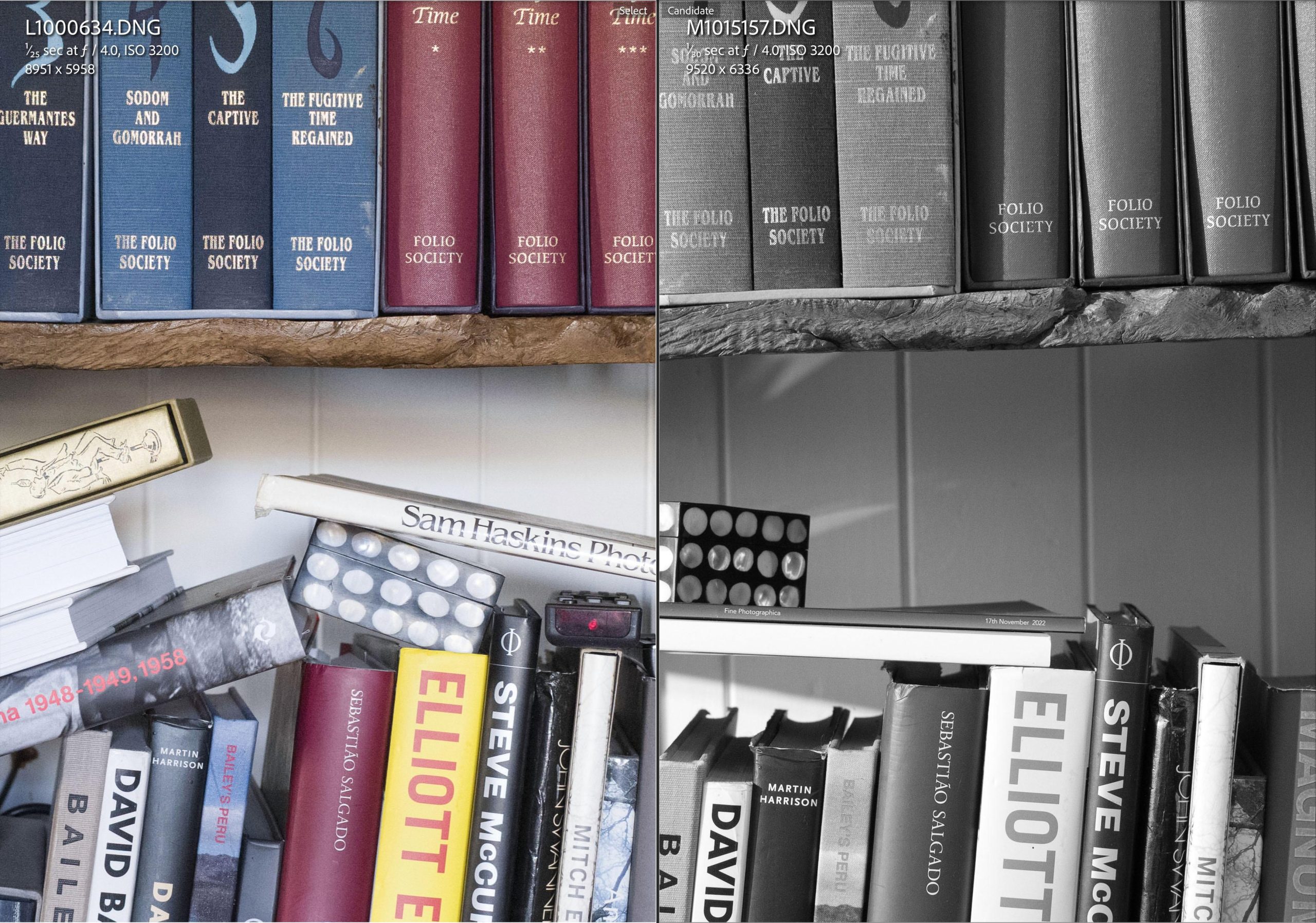
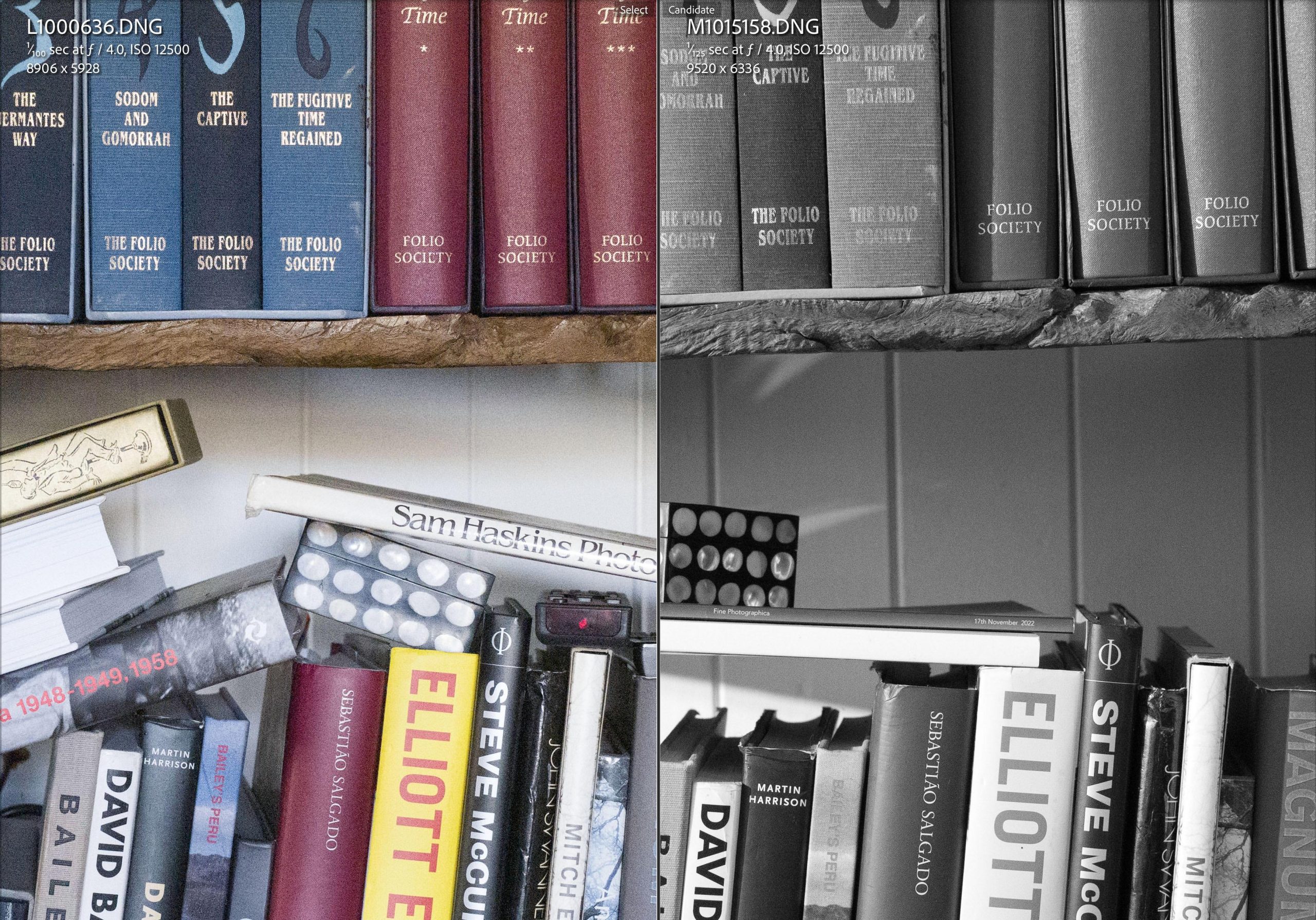

I think what really says it all, is this shot at 200,000 ISO. There is no visible banding, the grain looks natural and good, and even at 100 per cent there is bags of detail. Of course, you could also use modern tools to get rid of the grain if you wanted to.
“One still has massive headway in terms of shutter speed or exposure”
In practical terms, this is perhaps even more awe-inspiring — the image at 100 ISO and f/4 was a one-second exposure, whereas the one at 200,000 ISO is 1/2000 of a second at f/4. This is a dark room, and still one has massive headway in terms of shutter speed or exposure.
The spectral response
I dealt with this in some detail in my review of the M11 Monochrom. I also dug out Emma’s RGB buckets (and yellow) to have a look with the Q3M.
It seems to me that the response is pretty much the same as the M11M, with a rather bright blue. I checked this with Leica, and they said that while the sensor is the same, the image pipeline is different, so they couldn’t guarantee there wouldn’t be some slight difference. Of course, you can change this in the traditional way with filters to suit your requirements.
Content Credentials
Leica has partnered with the Content Authenticity Initiative, and the Q3 M is the first of the Q cameras to have this standard integrated into the camera. This is hardware related, so it can’t be added later with a firmware upgrade.
The Leica M11-P was the first camera to have Content Credentials, which adds a digital signature to each image.
The Content Authenticity Initiative (CAI) is an association founded in November 2019 by Adobe, the New York Times, Twitter (X) and others intending to curb disinformation. The idea is to promote an industry standard for provenance metadata for files defined by the C2PA and for promotion of the standard.
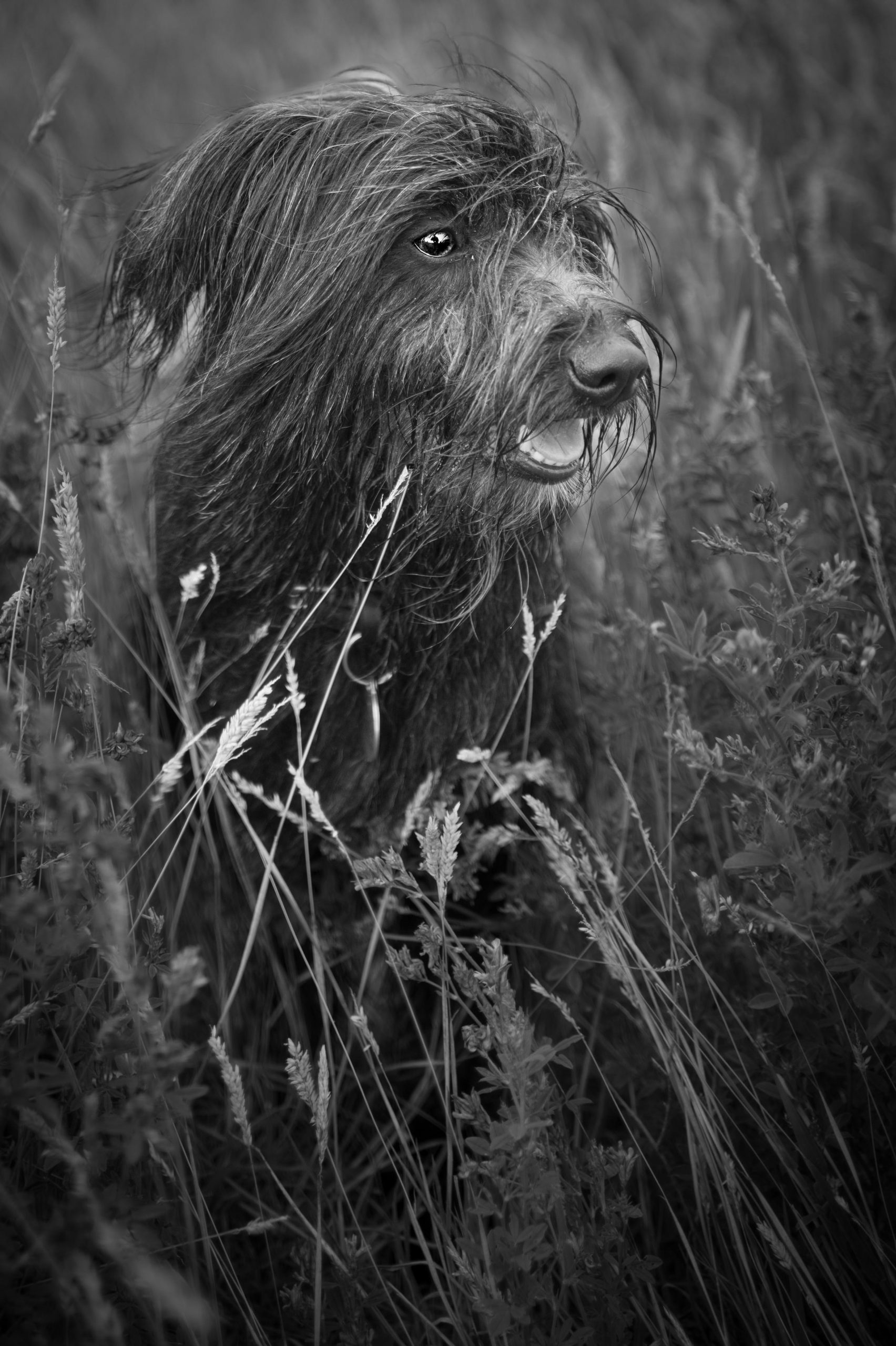
Leica Q3M 1/4000 f/1.7 .ISO 200

Leica Q3M 1/6400 f1/.7 .ISO 200
The C2Pa is the Coalition for Content Provenance and Authenticity, co-founded by Adobe with ARM, the BBC, Intel, and Microsoft and many more. As you can see, big guns are involved in this!
While the C2PA is tasked with the formulation of an open, royalty-free technical standard for metadata, the CAI sees its task in the dissemination. I wrote about this at some length in my M11-P article.
Conclusion
Except for PDAF autofocusing, the Q3M has all the advantages of the Q3 over the Q2, and in actual shooting this really doesn’t seem to be an issue — autofocusing is fast and accurate. This may be in part because Leica have been working hard using AI to maximise the AF potential of the Q3.
The Q3M is the first Q camera to use the new version 4 firmware, and this has a host of new and improved features which will also come to the Q3 and Q3 43 in the near future (I’ll talk more about them when they are announced).
But there is something else here: the image quality really does seem to have undergone a bit of a leap. Being able to shoot at any aperture with a decent shutter speed in nearly dark rooms has crept up on us slowly, but now it does seem to be a good option with the Q3 Mono (the 1/2000 at 200,000 ISO shot still blows my mind!). It’s something that must populate film photographers’ dreams.
Of course, it isn’t for everyone, in common with all Monochrom cameras. But if you want black and white only, then the Q3 Mono is a really classy option. The possibility to crop digitally and still get a great file (even down to 90mm) makes it an incredibly versatile solution to almost any photographic situation. More than that, the image files are just a pleasure to process.
Acknowledgements and Links
- Special thanks to the guys at Leica who help so much with this, particularly Stefan Daniel and Peter Kruschewski,
- Extra special thanks to Matthias Petzke at Leica, who has really gone beyond the call of duty in helping me over the technical aspects of this article.
If you want to look at any of the previous articles about Q cameras or Monochroms, then they are all available on my website.
My old friend Sean Reid has been a little delayed, but he will be publishing a series of articles about the Q3 Monochrom, Q3, M11 Monochrom and Fujifilm GFX100RF.

Leica Q3M 1/160 f/5.6 ISO 200
Make a donation to help with our running costs
Did you know that Macfilos is run by five photography enthusiasts based in the UK, USA and Europe? We cover all the substantial costs of running the site, and we do not carry advertising because it spoils readers’ enjoyment. Every amount, however small, will be appreciated, and we will write to acknowledge your generosity.





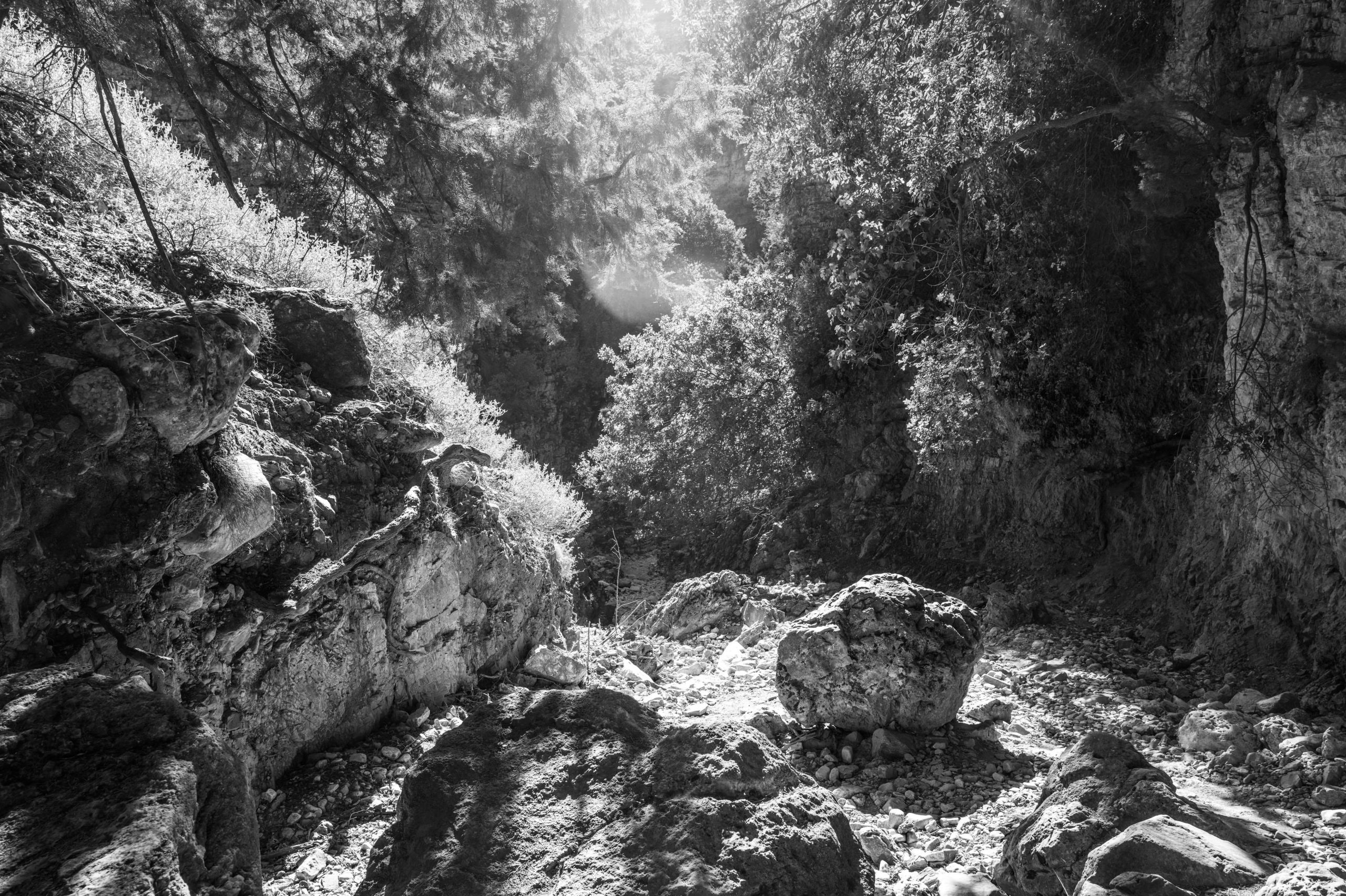
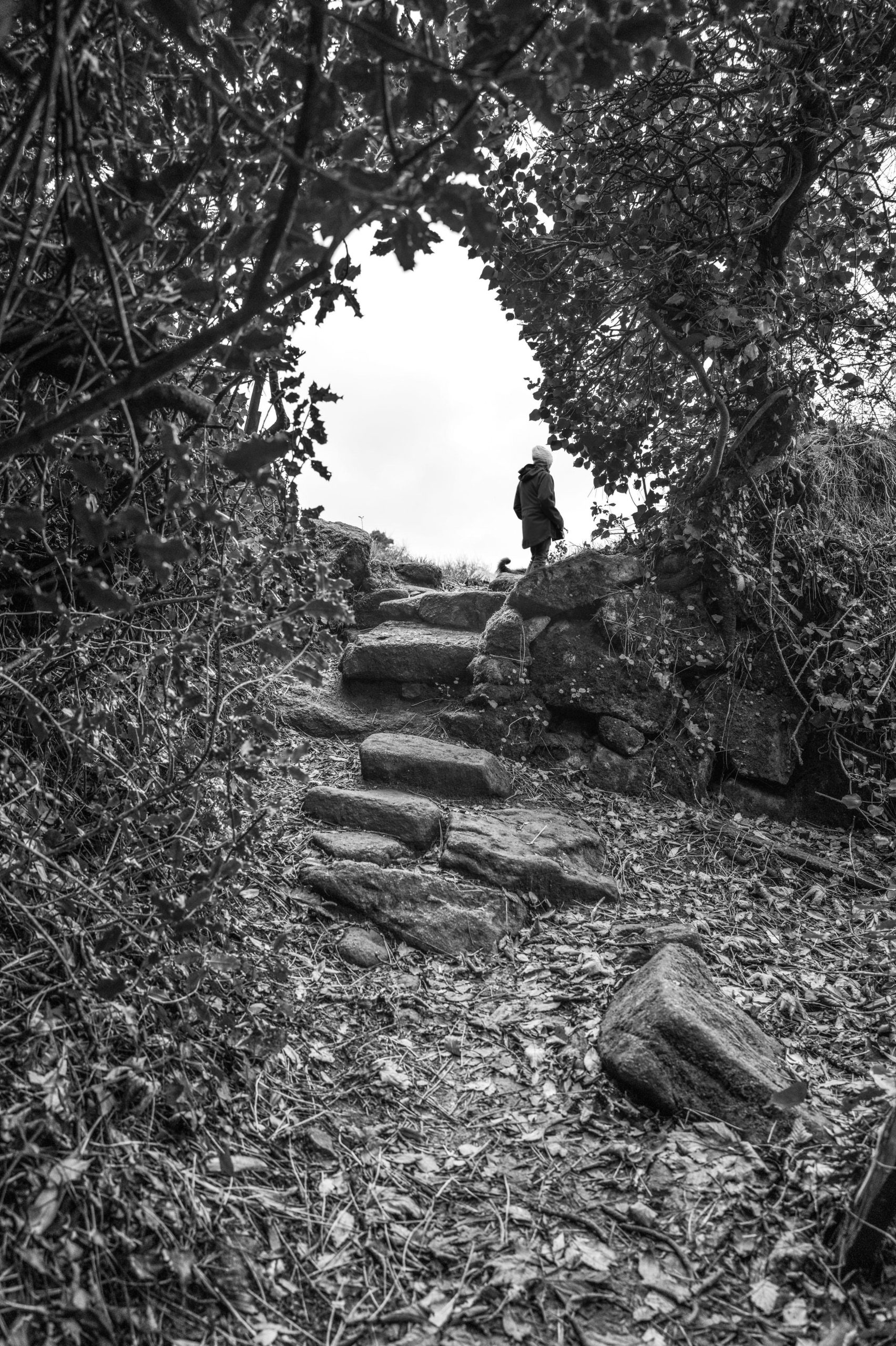




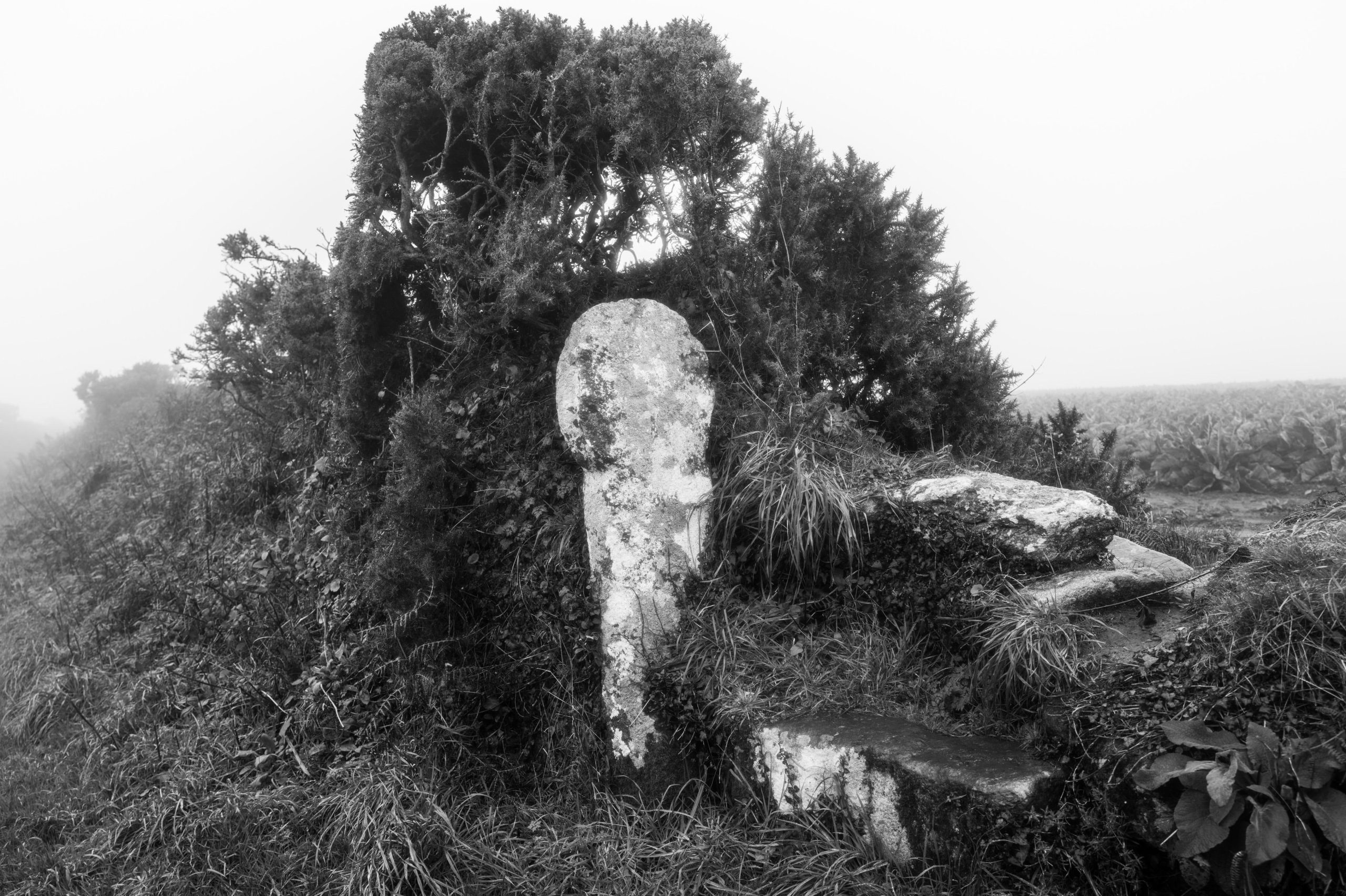
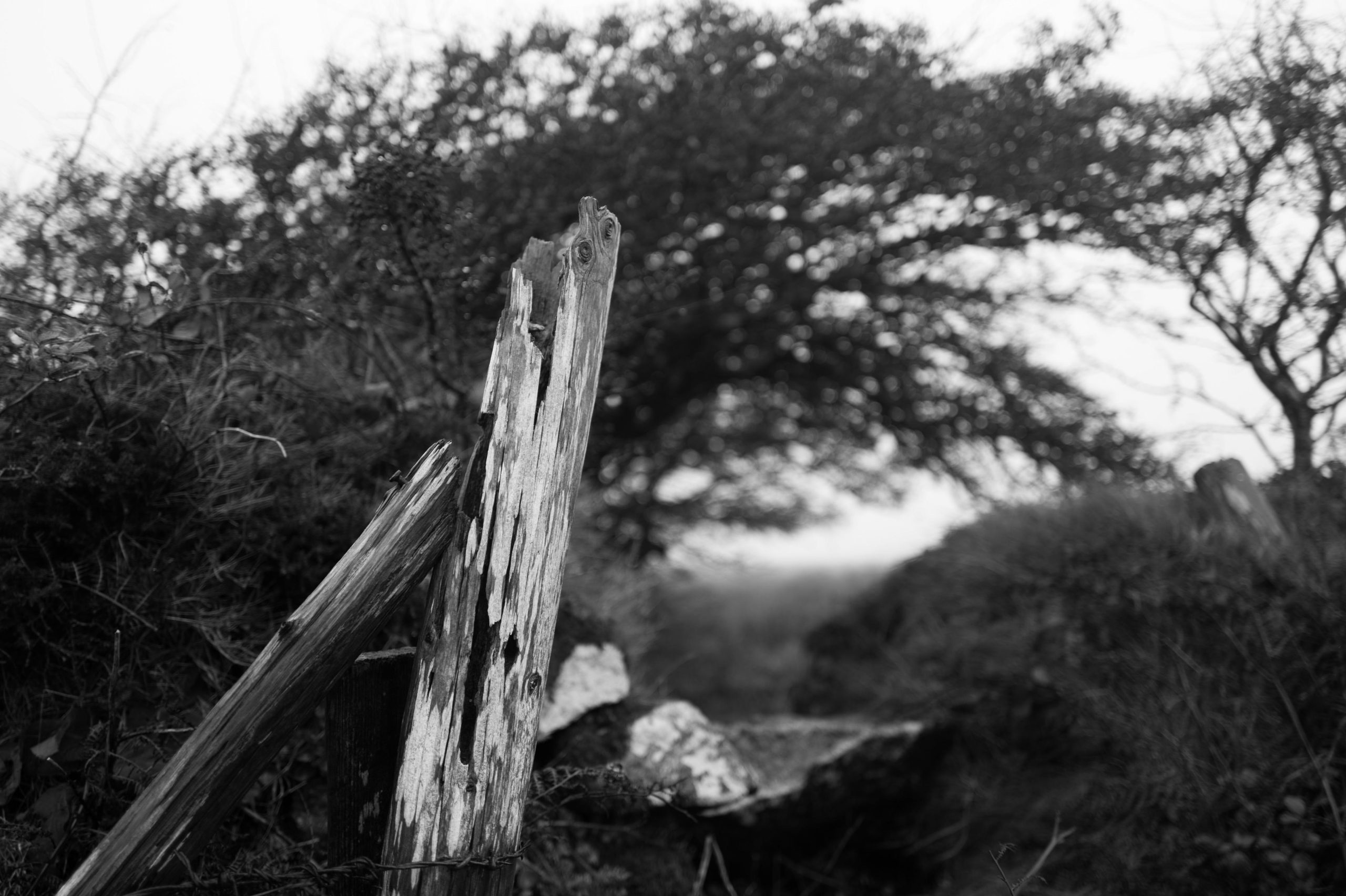
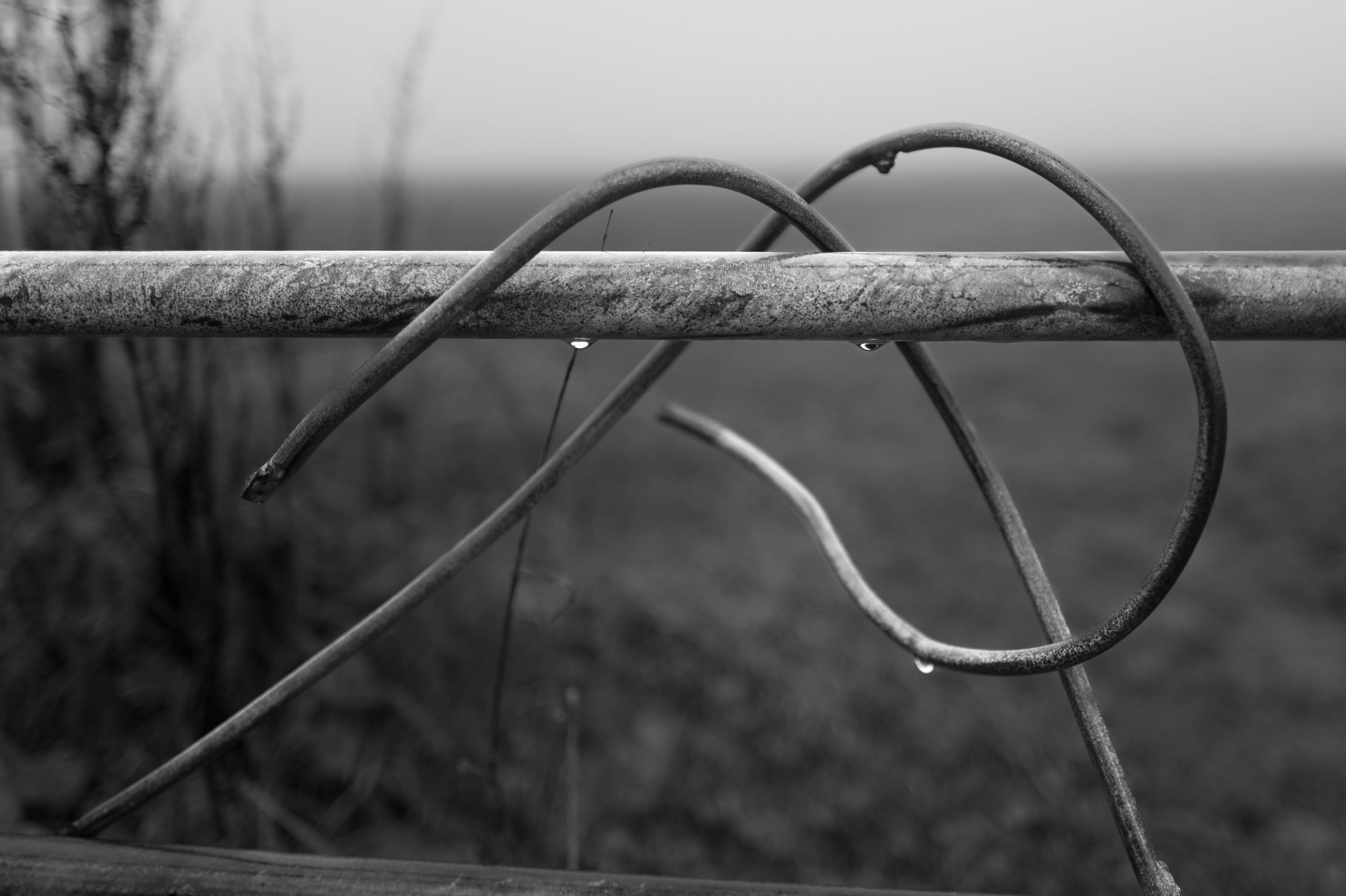

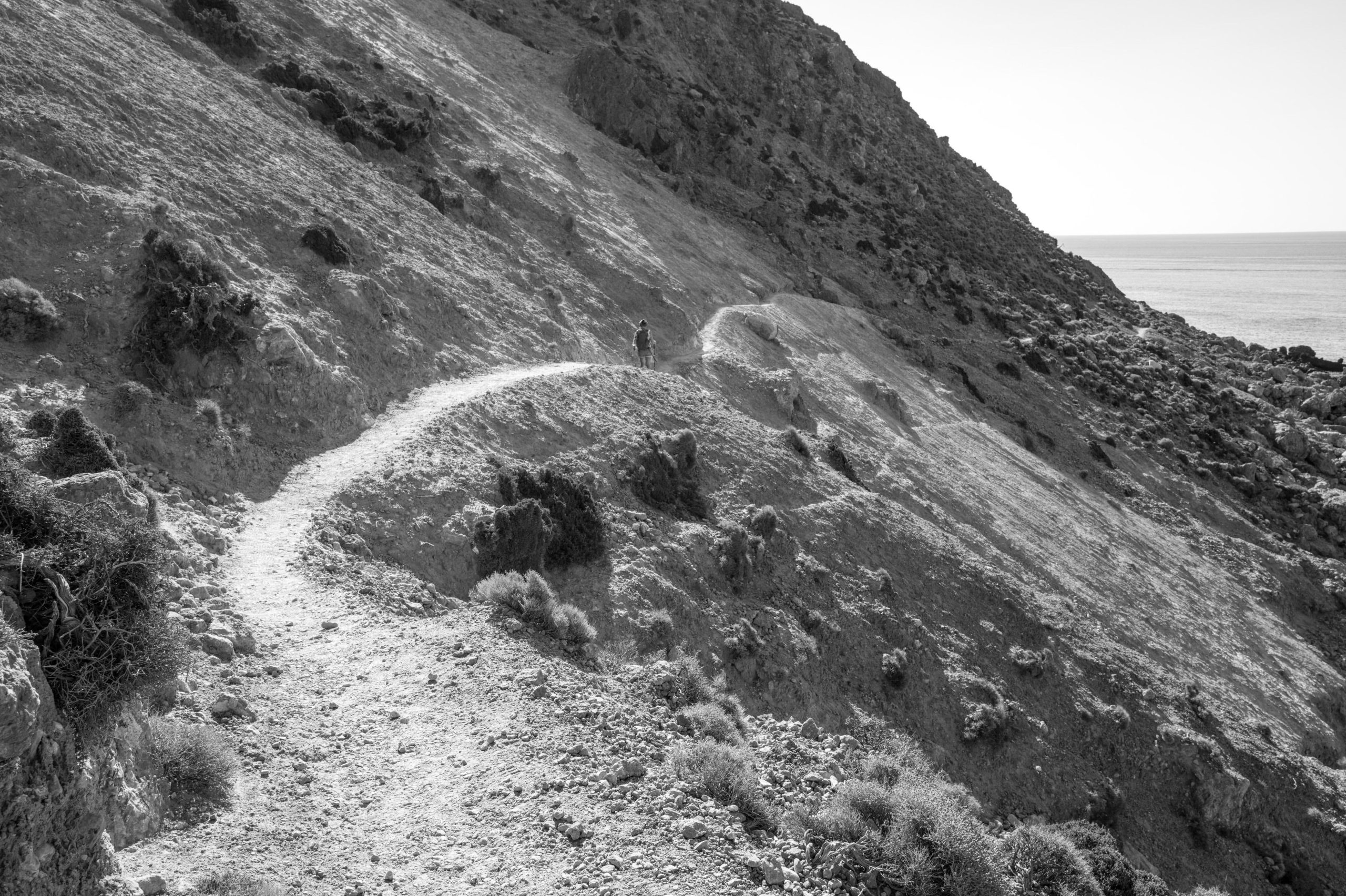
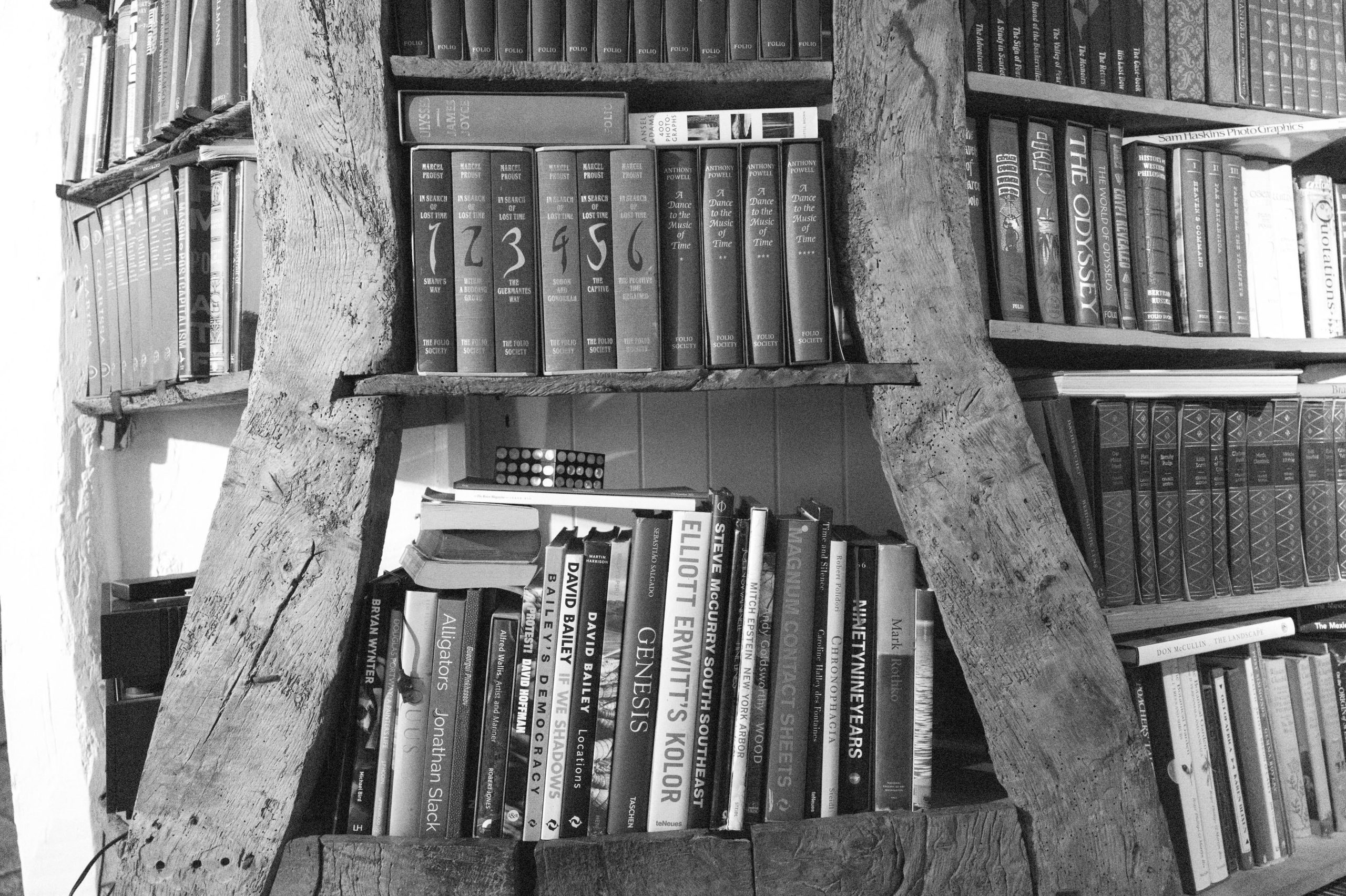
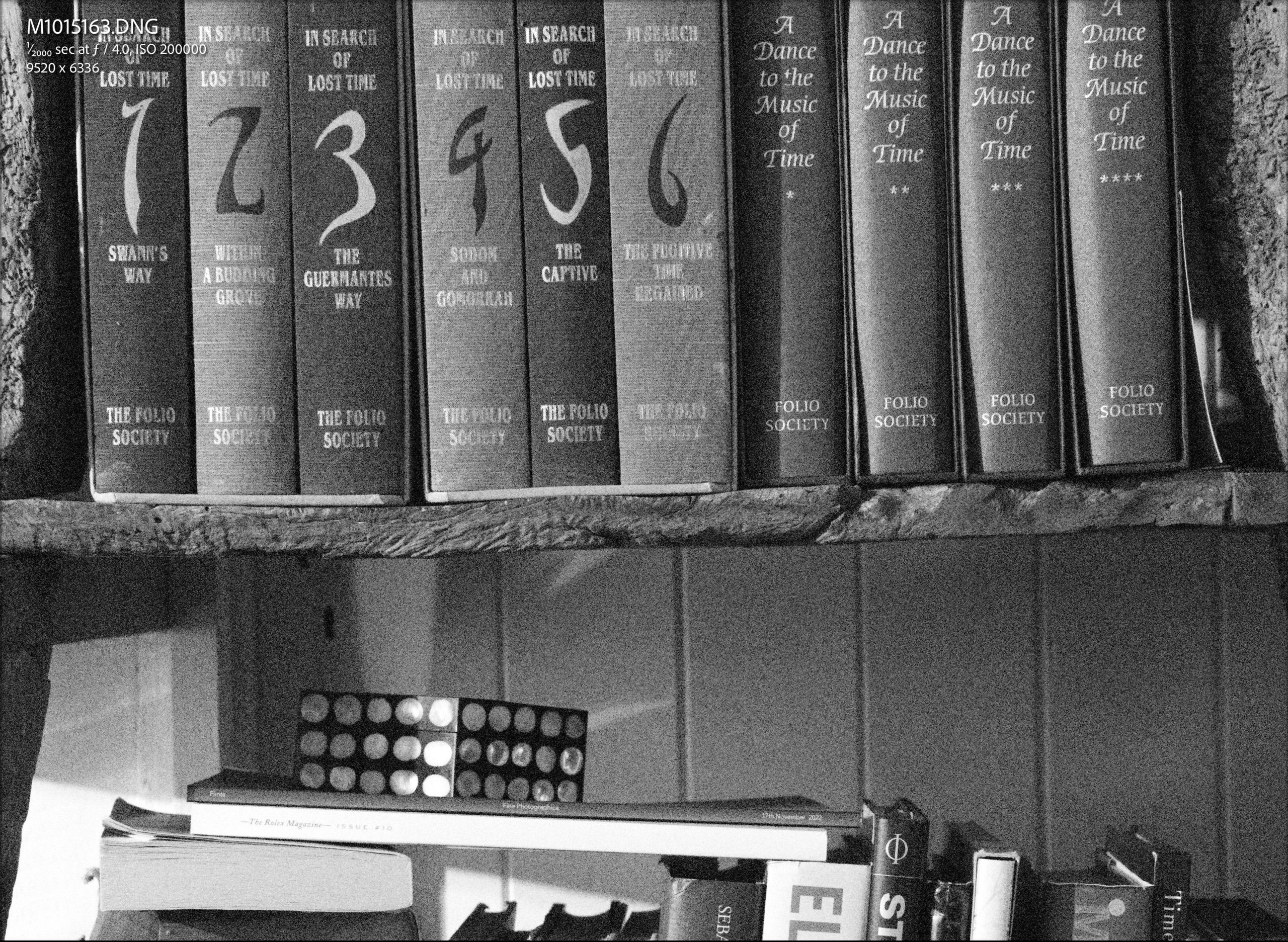


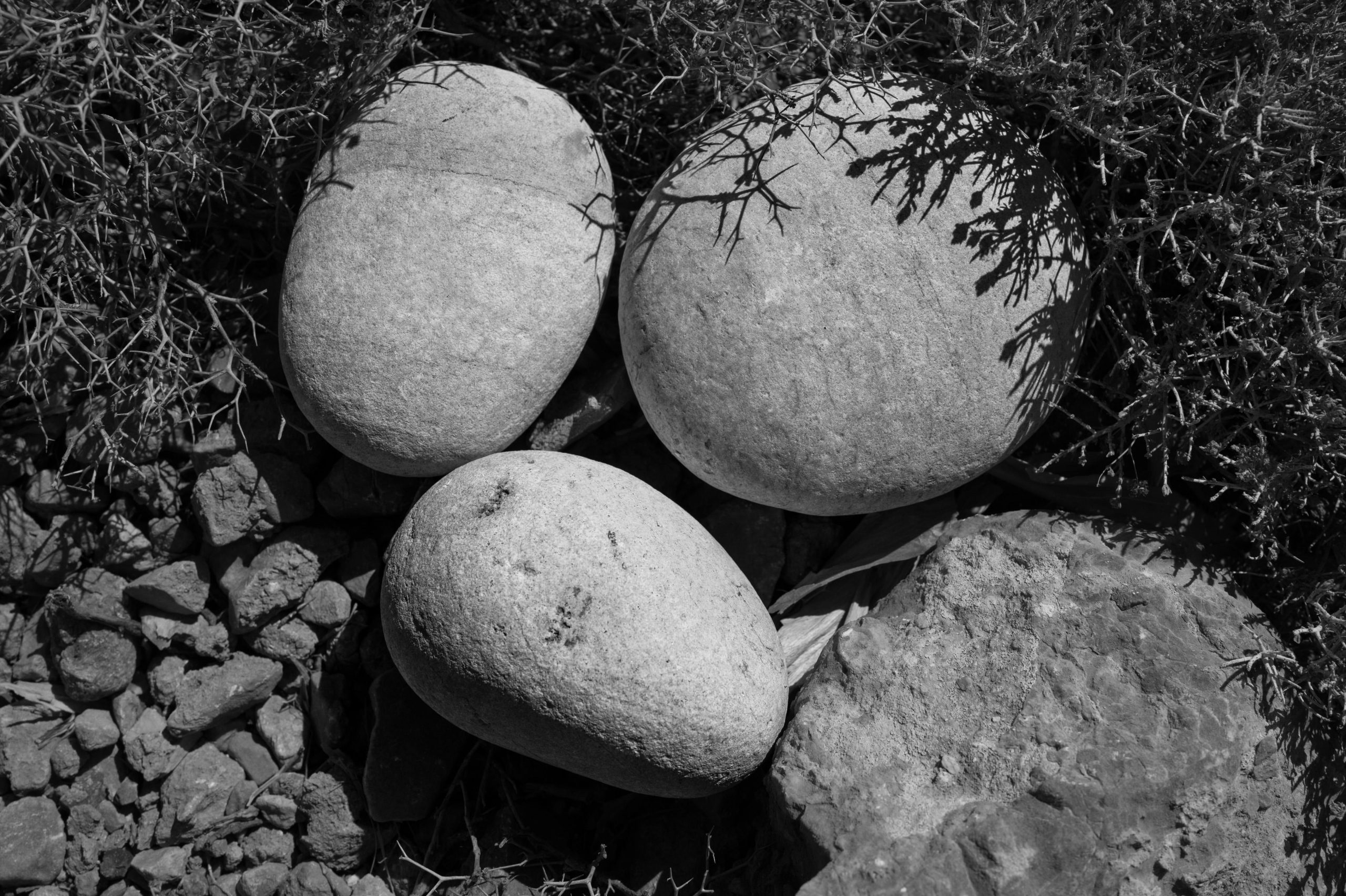
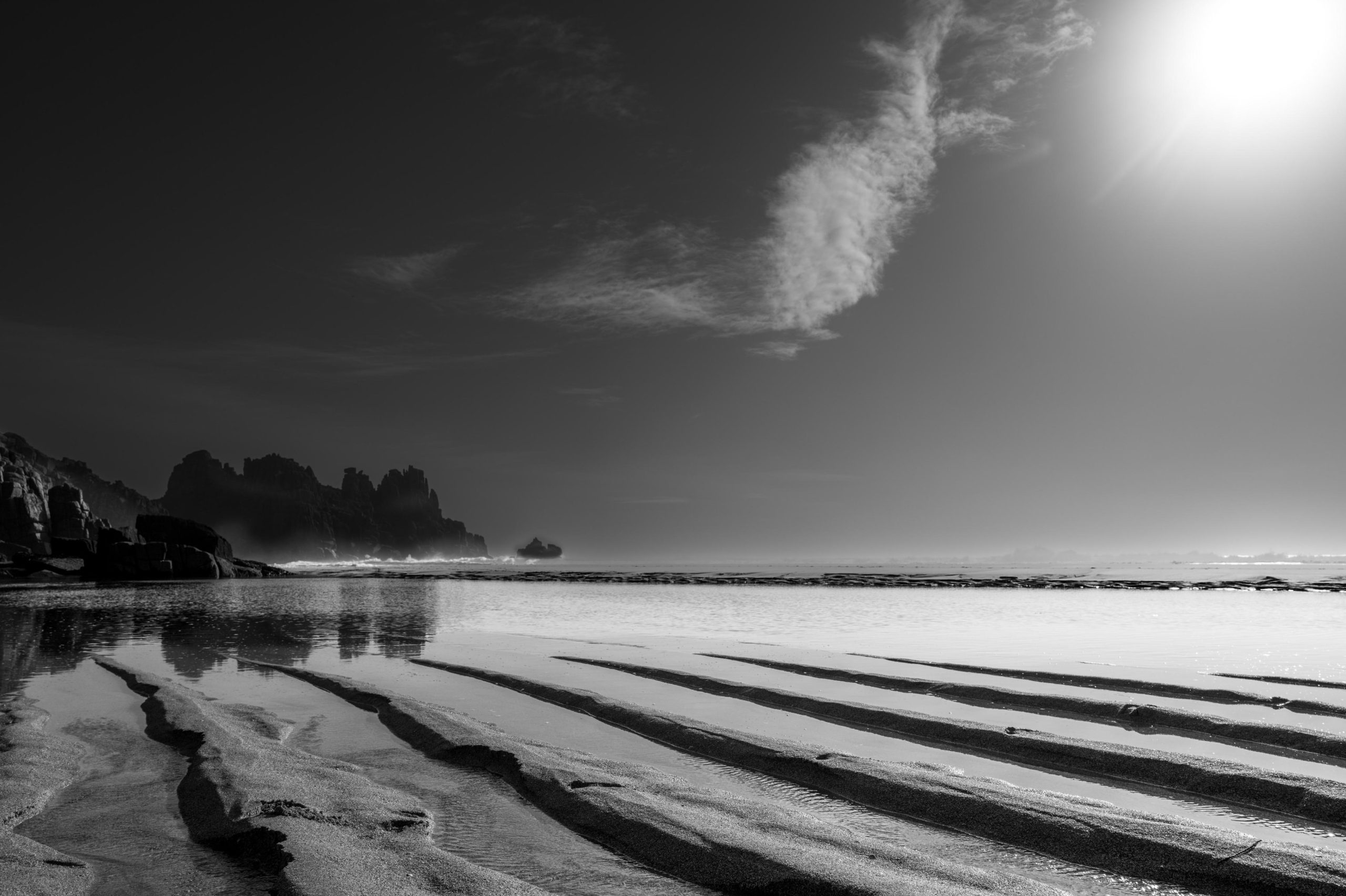

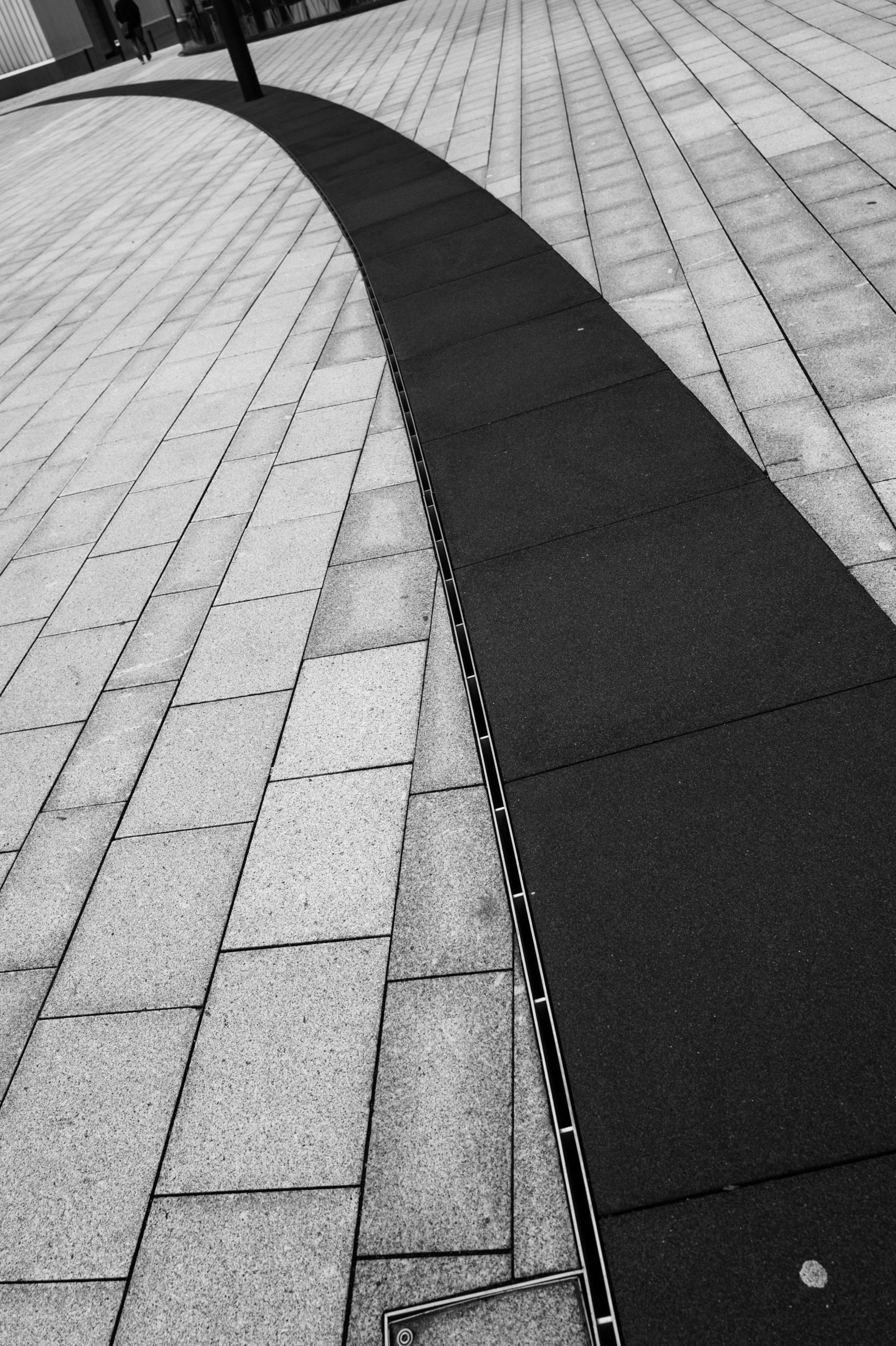
You always explain subjects like I wish all other reviewers would! BRAVO! As I own q2m and watched Mr. Reid video on the 3 he says he can’t tell image quality apart in side by side and a flippy screen doesn’t appeal to me and I don’t care pixel count I am going stay with q2m! Again thnk you for a great read! My grand daughters tell me expect his last book for Christmas.
Thoroughly enjoyed your review, as ever. Like you, a Q3M 43 I would find irresistible. As I did the Q3 43. Bring it on, as the kids would say !
Thanks for that exposition Jono
As I have passed the fifth anniversary of using the Q2M I intend to get my paws on a Q3M and discover if there is enough difference to trade-in. Using a fixed lens mono sensor remains a wonderful, deliberate act of self-denial at a counterintuitive higher price but I still adore the simplicity of the Mono sensor.
Do we get aspect ratios in the menu ?
It is a long time gripe of mine re the Q2 M. For landscape we aint so bothered by the focal length crop modes but we do crave the ability to frame in something other than the native 3:2 format. It should just be firmware but I might get unduly excited if there is still a little crop button and it can be reprogrammed to be the AR button.
Excellent, Jono. Well done as always!
Thanks for the detailed info and lovely pics to go with it.
I have a couple of points I’d appreciate your thoughts on:
ISO – this is becoming fairly irrelevant in these days of AI noise reduction in Lightroom, which is generally incredible. Is high ISO capability really a significant feature now? I don’t think it is worth getting a Q3M just for high ISO handling, but let me know what you think.
Versus colour sensor conversion to mono – This is the key question for monochrome sensor cameras I think. It would be great to see the same shot done with the Q3M and a regular Q3 converted to mono. Is a skilled conversion to mono as good as a shot from the Q3M? What differences are there? How close can a colour-to-mono conversion get? Is there something uniquely brilliant about the Q3M images that simply cannot be got close to from a conversion?
Thanks!
Hi There Andrew
Glad you enjoyed it.
As for the ISO – AI denoising works well, but it’s time and resource consuming and you wouldn’t want to do it for every photo, added to which the images never quite look the same afterwards (kind of plastic I always feel). But imagine you just went for a nighttime shoot and had taken 500 street shots . . . you sure wouldn’t want to spend hours post processing.
As for the colour sensor vs monochrome you definitely get a little more clarity and resolution from a Mono sensor (no Bayer filter or demosaicing) on the other hand you can convert using the channel mixer in post processing to imitate different colour filters – on the Monochrom you either have to use actual filters – or keep with the spectral response of the sensor. I hope that helps
Thanks Jon – good stuff.
Hi Jonathan,
Wow! I always enjoy your images but your image of “Pednvounder looking North” really speaks to me. And the wow also applies to the camera, which, as always, you have covered so nicely. Coming from the film age, and being a lover of black and white, the 200,000 ISO capability is indeed a film user’s dream. As much as I love black and white, I have actually never considered buying a Leica Monochrom but you may have changed my perspective on that. Thanks for this great combination of images and information.
Hi There Joel
It really is astonishing to be able to shoot at f4 1/2000th in a dark room! and of course the files a lovely as well. I think for me it’s made me resolve to do more black and white conversions (I am really a colour guy). But it’s always lovely to test the monochrome cameras – I might resist this, but if there is a Q3 43M it might be harder!
As for Pednvounder – it’s just the most wonderful beach – it has actually been ‘shut’ by the National Trust because it’s too dangerous to climb down to .. . . but the locals just climb through the barrier and carry on down! Worse than that – if you do climb through the barrier and head down the cliff there is a sign which reads “Naturists may be seen beyond this point”
Glad you enjoyed the article – that’s the point!
best
Jonathan